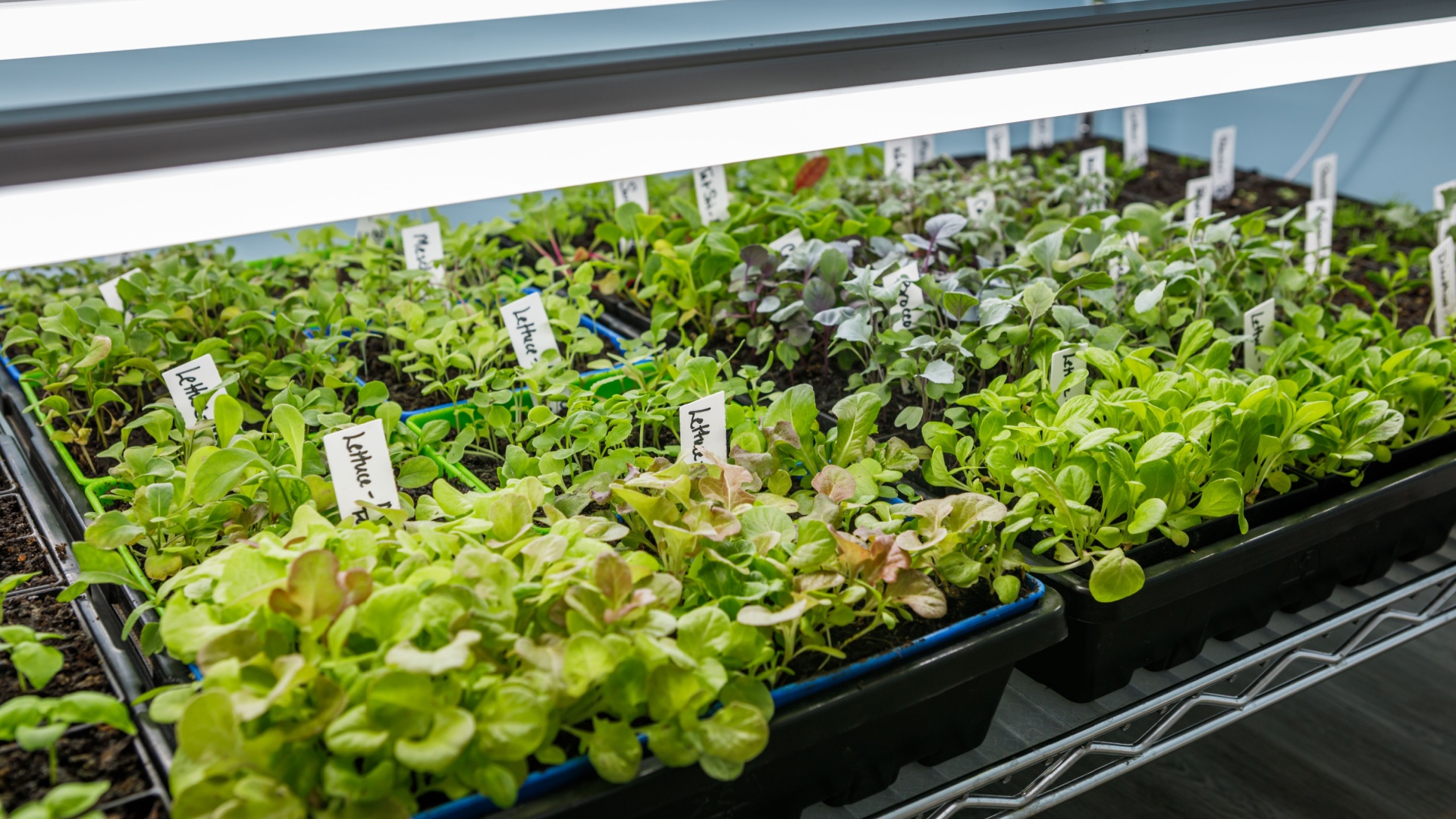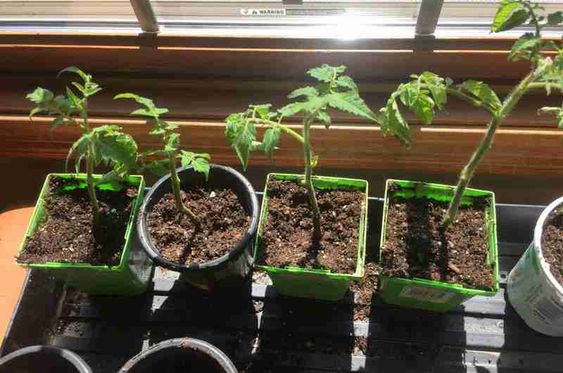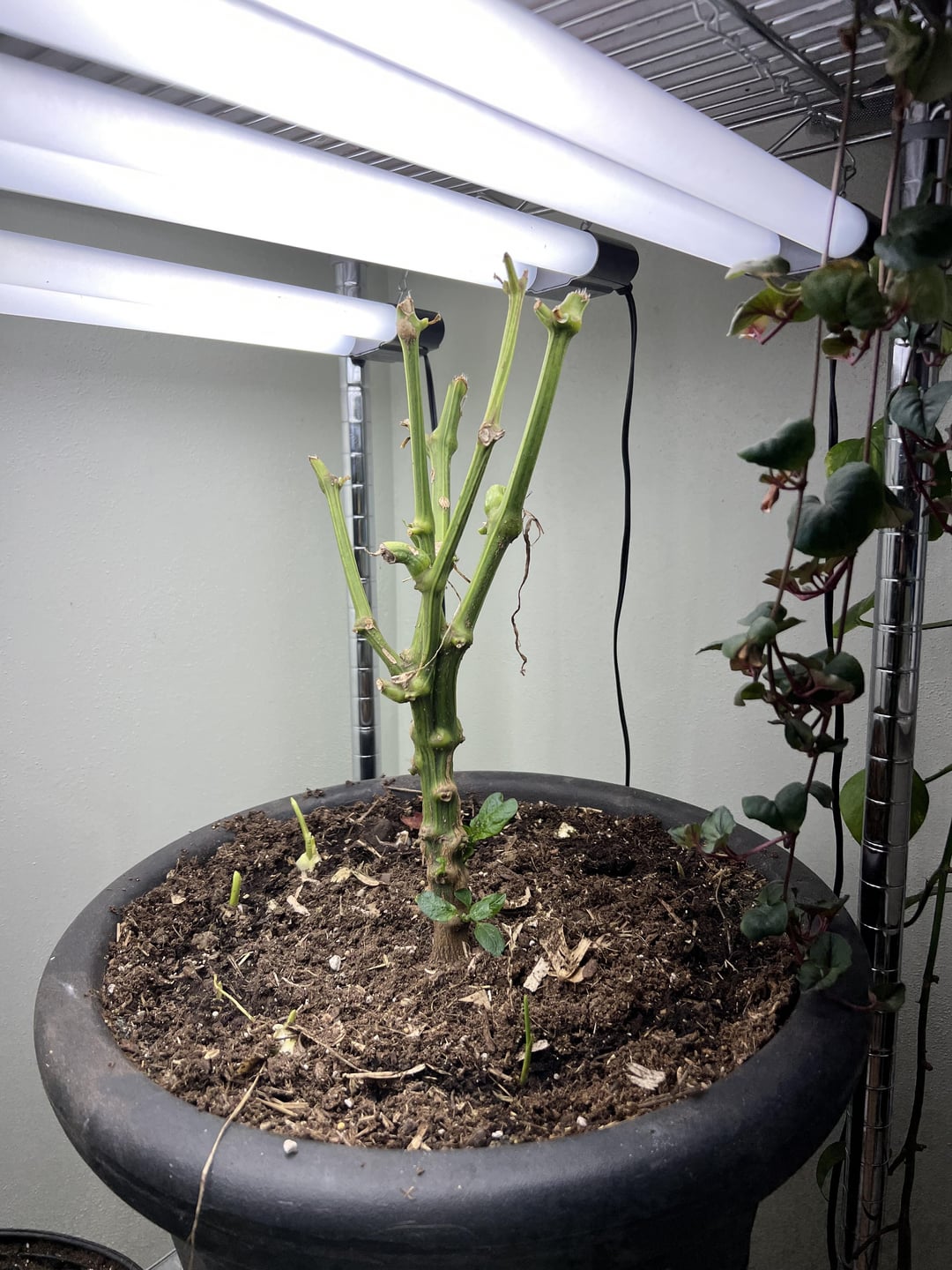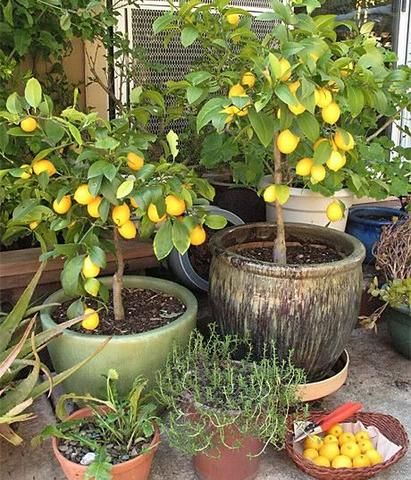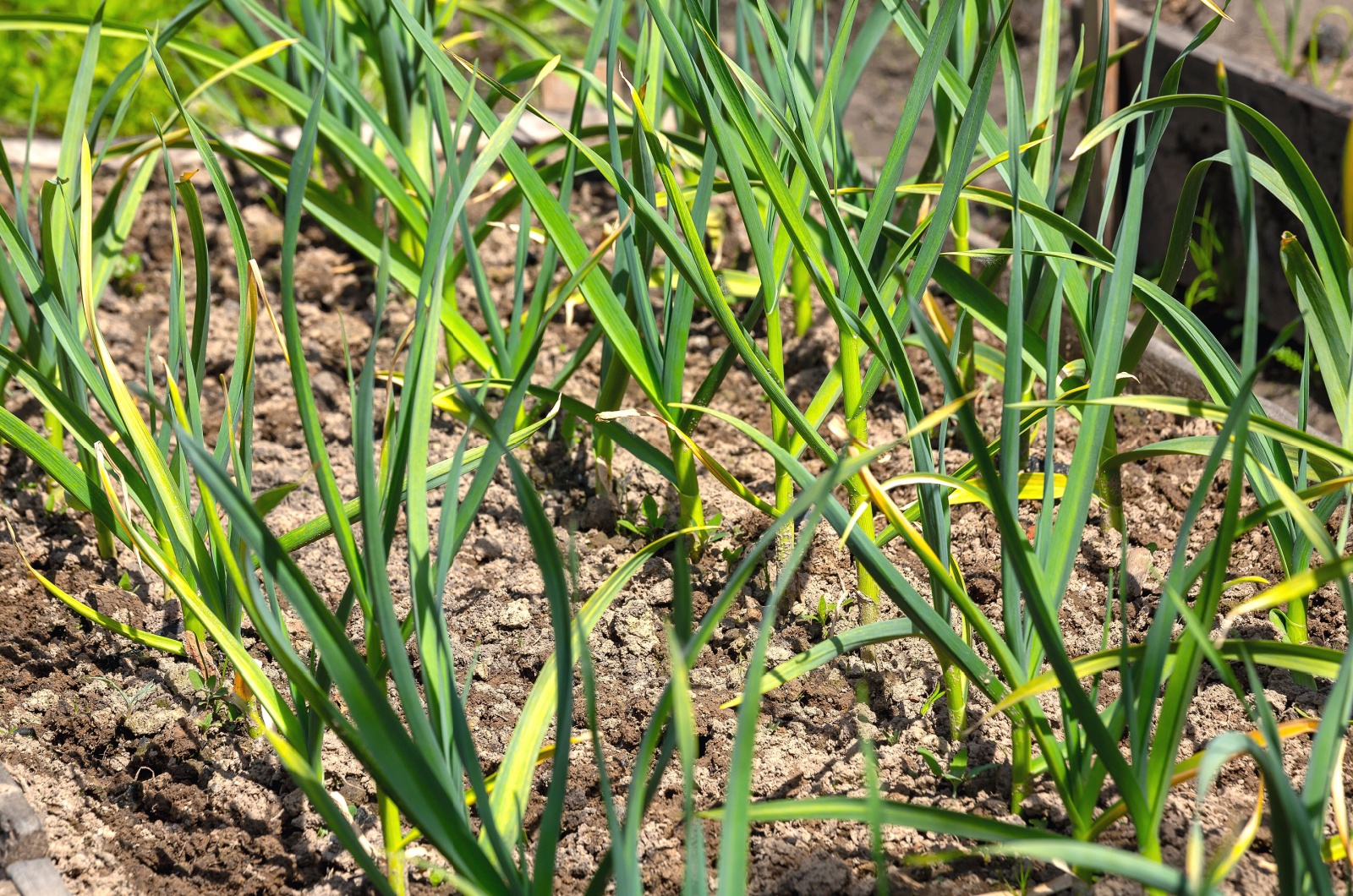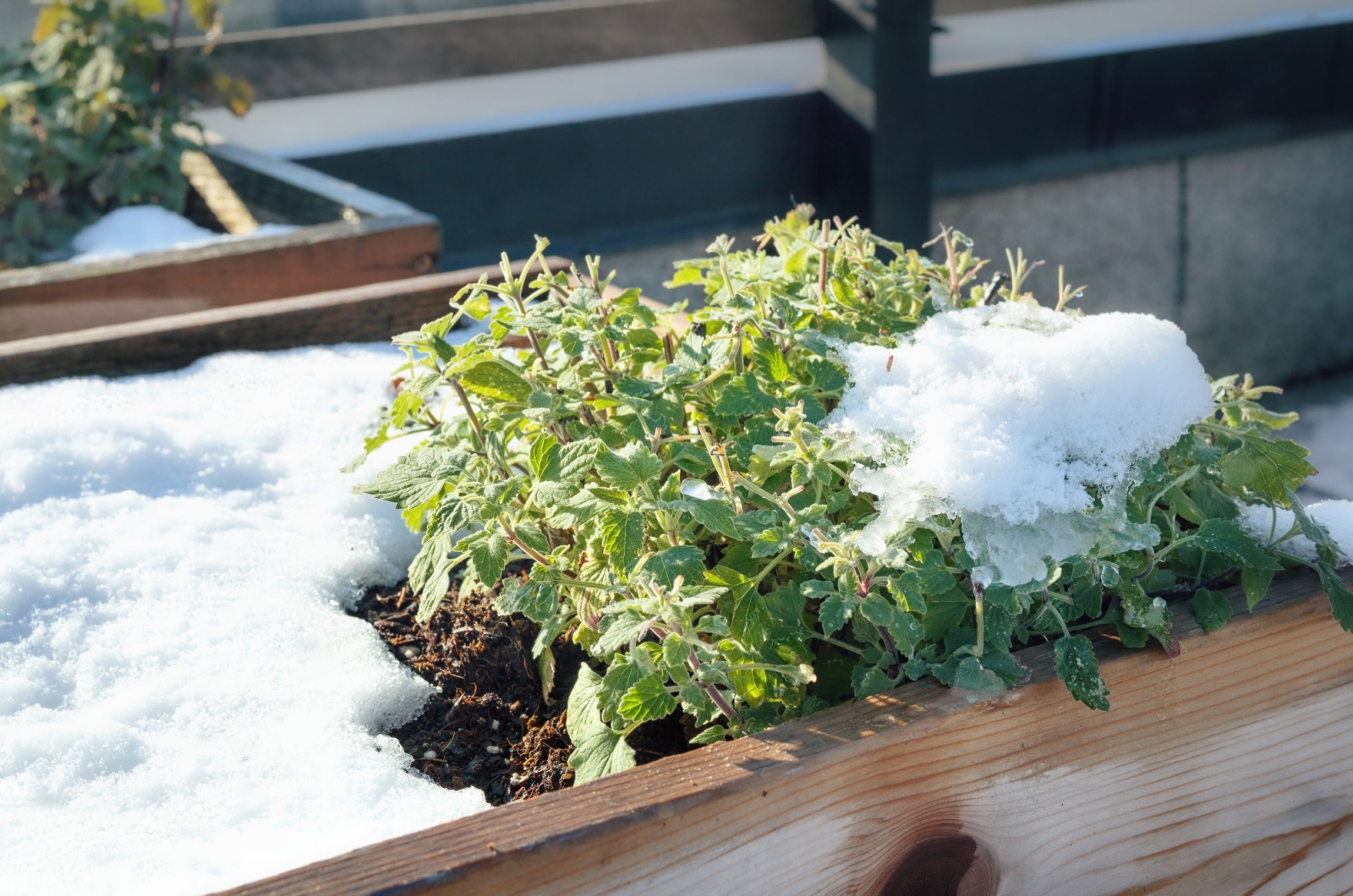Have you finished harvesting all the crops from your backyard? Those harvested veggies and fruits will bring way more benefits to your health than you might think!
Every single crop is special on its own, cooked, baked, or even eaten fresh. They should boost your health and keep you safe from the flu over the winter.
Since they will protect you, are you wondering if there is any way to keep them safe over the winter, too? Yes! You absolutely need to overwinter your crops if you want to enjoy the next harvest season.
Last fall, I started searching for the best methods for winterizing my crops. Let me tell you, I found some amazing ways to protect them, even though they were planted in the ground! So, I tried them immediately since winter approaches a little bit early in my garden.
I must admit that I doubted whether these tricks would work, but the results in spring showed that they did a really good job! There were no signs of damaged or frozen crops, they just continued to thrive as if winter had never been there.
That’s why I want to show you a list of the crops that you’ll need to overwinter this fall. Don’t worry, keeping them safe isn’t a hard task. There are just a few steps for each crop that need to be followed, and they will survive even the coldest temperatures!
Let’s start with the first one, which I think is everyone’s all-time favorite crop…
Grow Lights Should Keep Tomatoes Safe From The Cold Months
Well, you guessed it right! The first crop that needs overwintering is tomatoes. Tomatoes are one of the most delicious veggies, and with the right technique to protect them in the winter, you’ll get plenty of crops to harvest!
So, let’s not waste any more time because you are about to learn the best way to overwinter them. First, you’ll need to start digging your tomatoes out of the ground and transplant them into small containers.
Choose one that will be easy for you to move indoors and fit the space perfectly! Now your plants will need plenty of light to survive the winter indoors. If your window doesn’t provide enough sun (like south or west-facing windows), I’ve got you covered.
Instead of giving up, you’ll just need to buy a grow light and place your tomatoes under it for twelve hours! This way, you’ll give them the light they need to thrive again in the spring.
Use This Watering Schedule To Overwinter Peppers For The Best Results
Next, we are moving on to peppers! These veggies are full of sweet taste and are a go-to for every single meal. If you want to keep harvesting every year, here are some overwintering steps you’ll need to follow!
If they are already planted in your containers, then you can skip this part. For those who grew peppers in the ground, check this trick out!
Gently lift your peppers from the ground and dust off the soil from the roots. Now it’s time to transplant your peppers into the container, just bear in mind that the soil needs to be fresh. Provide these plants with lots of light.
Here comes the tricky part – watering! You can’t continue to water your peppers as you did throughout the summer. Wait for the soil to dry between waterings. That’s why watering them every two weeks is ideal for your peppers!
Your Citrus Will Only Be Able To Survive Winter If You Bring It Indoors
For those of you who live in subtropical climates, there’s no need to bring your citrus indoors! Isn’t that amazing?
Don’t worry, I didn’t forget about the folks who live in colder areas! What you’ll need to do is place your containers in a greenhouse or some extra space in your house. Make sure that they receive enough sunlight.
A south-facing window would be an ideal spot! You’ll also need to monitor your citrus and protect it from pests or diseases. Prune damaged branches and reduce watering when winter arrives.
By doing this, you’ll ensure that your citrus thrives when spring arrives! Later, you will be rewarded with lots of bittersweet fruits that will boost your health throughout the season.
It Doesn’t Matter Where You Live, Mulch Can Help Garlic Withstand The Coldest Temperatures
You’ll be blown away after seeing how easy it is to overwinter your garlic! These crops can withstand temperatures as low as -30°F. But that doesn’t mean your garlic won’t need a little protection over the winter!
Right before the first frost hits, make sure to put a few layers of mulch around the plant’s base. Using mulch over the winter is a powerful move because the soil won’t freeze, and neither will your garlic!
It’s best to use organic mulch, such as straw, shredded leaves, or loose bark. Now your garlic is safe and sound, and by next summer, your garden beds will be filled with the healthiest and most beneficial crops!
Everything You Need To Know To Keep Your Herbs Safe During Winter
I can’t finish this amazing list without mentioning herbs! Even though herbs are more suitable for Mediterranean climates, there are a few that you can easily overwinter.
Every one of your spices that is grown in containers can be placed indoors during the winter! They aren’t needy, but giving them some TLC might definitely help you overwinter them the right way!
You’ll need to mist their aromatic leaves daily so the humidity levels don’t go down. Inspect for pests, and as soon as the sun approaches your garden again, place them outdoors!
That’s all for today, folks. Now, everything is in your hands! If you want to overwinter your crops in the best way possible, using the tricks you’ve learned today is essential. With these amazing methods that don’t require hard work, you’ll be able to save your crops from freezing!
Not only will you keep them safe, but you will also see new, stunning growth when spring arrives. That’s every gardener’s dream, and you can make it happen if you start overwintering them NOW!
It’s only a matter of time before the first frost brings the coldest temperatures to your garden. In the end, you’ll be amazed by how simple it is to successfully overwinter your crops!
Good luck!

